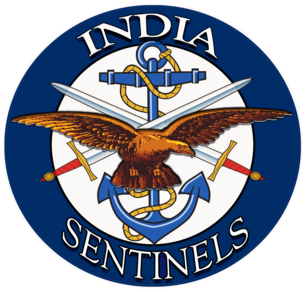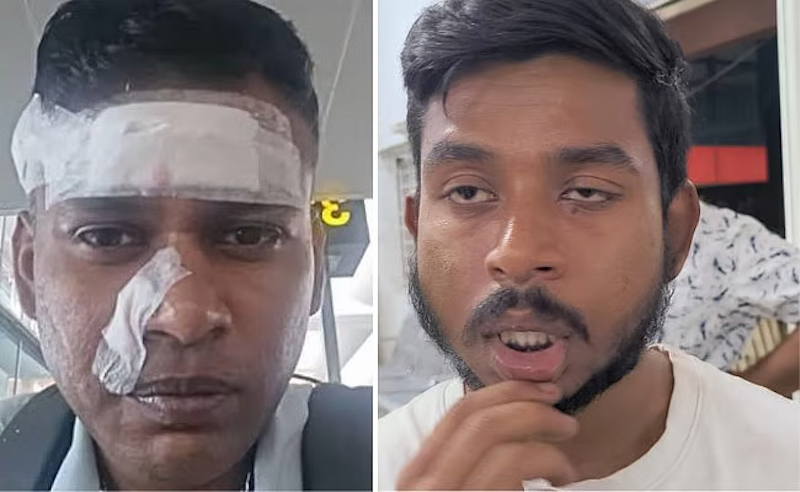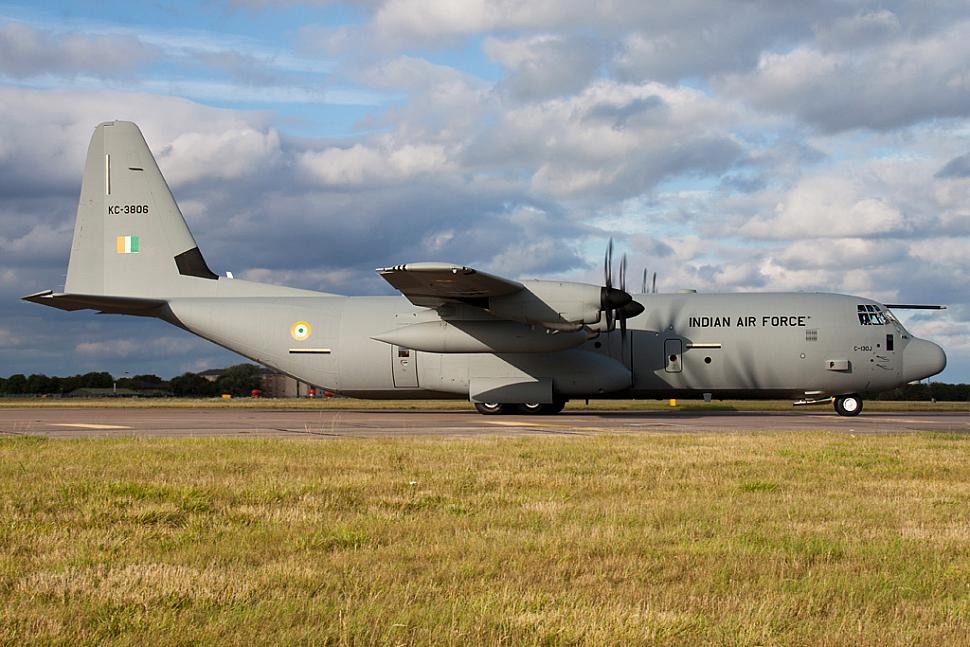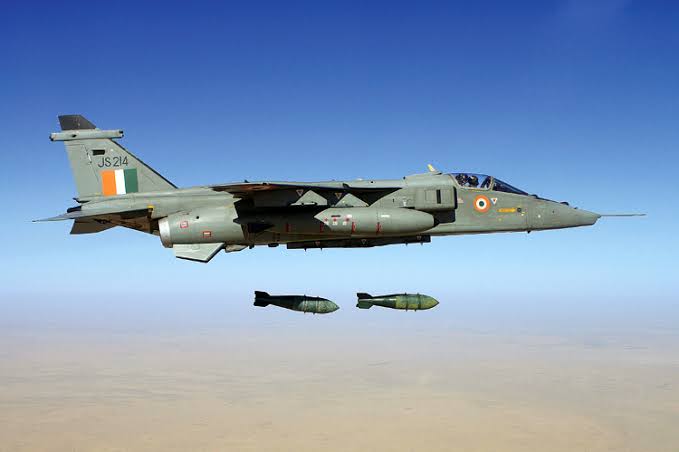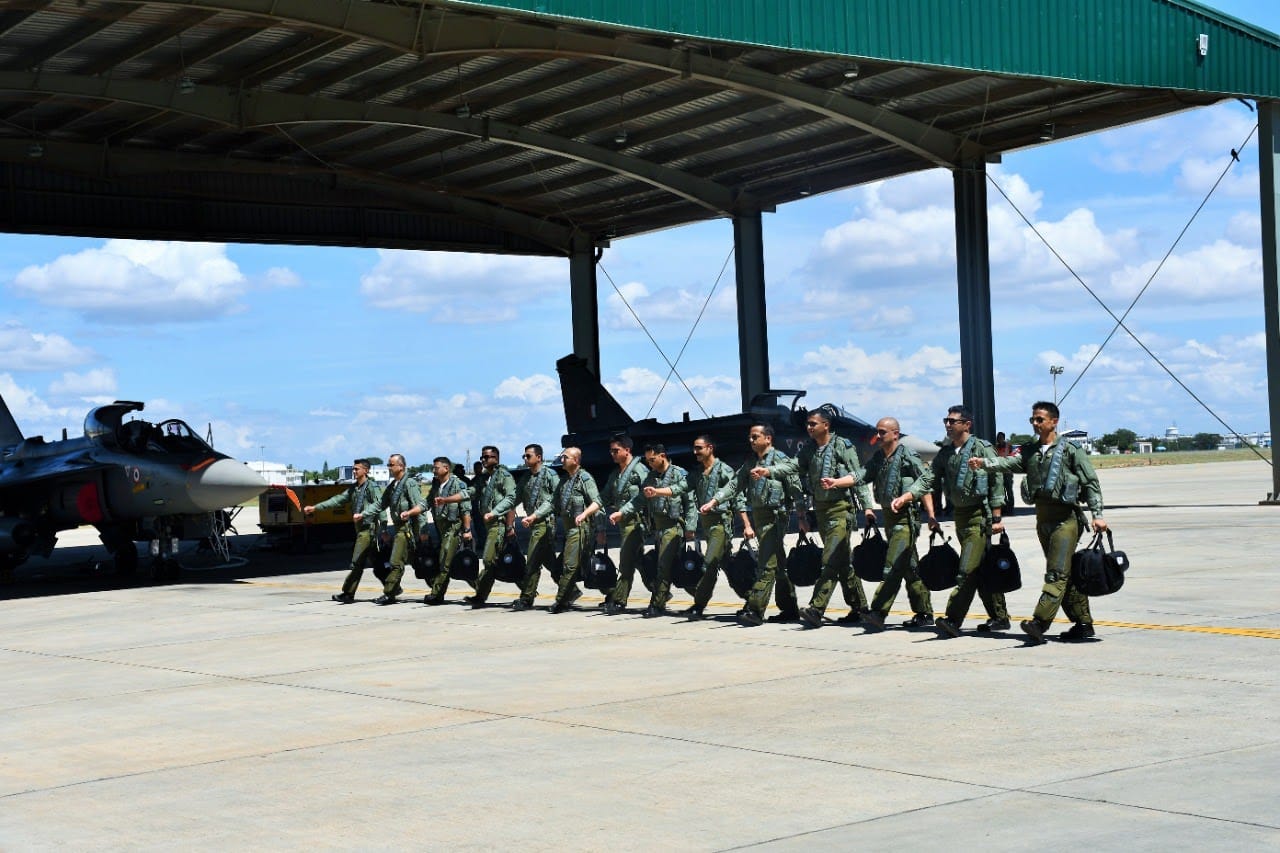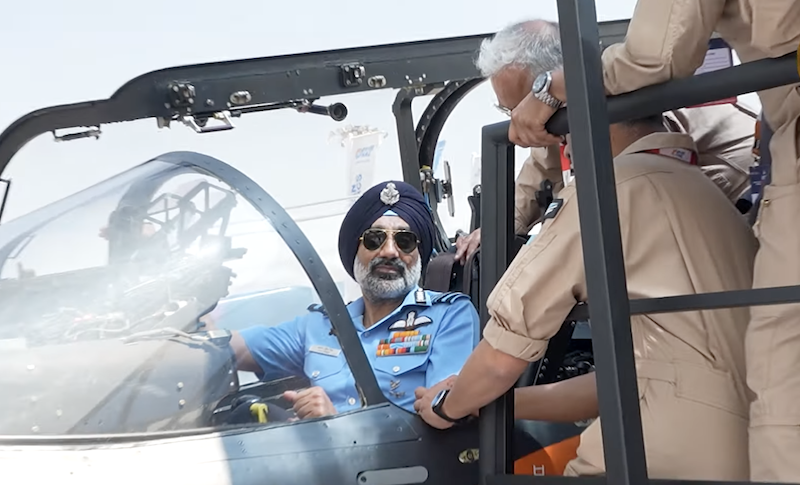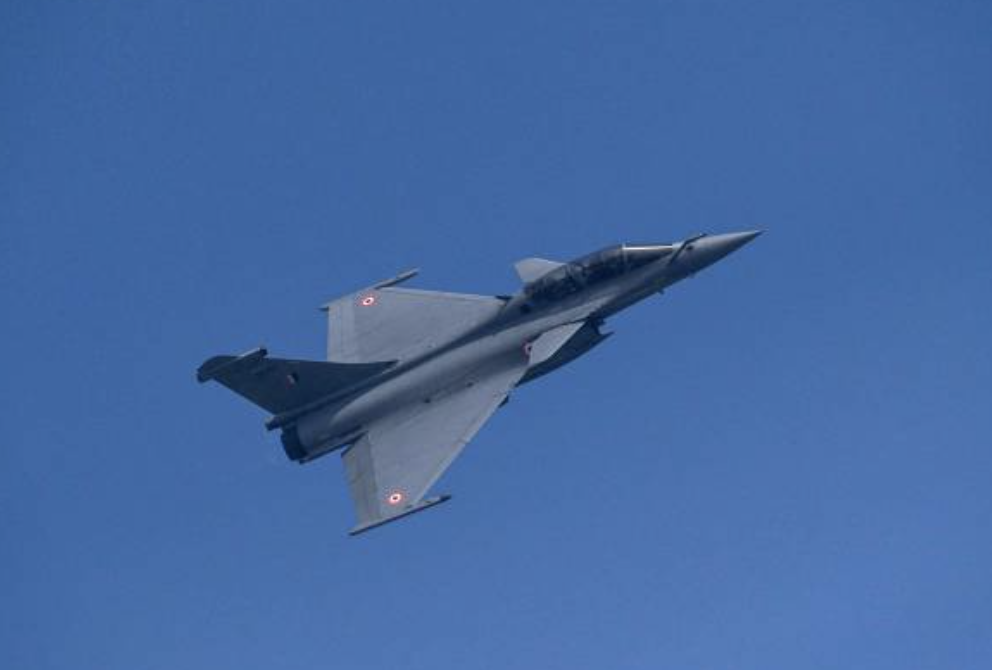 An Indian Air Force Rafale fighter jet. (File photo)
An Indian Air Force Rafale fighter jet. (File photo)
New Delhi: The Indian Air Force is intensifying its efforts to secure access to the source codes for the Rafale fighter jets acquired from France’s Dassault Aviation with the aim to integrate India’s indigenously developed radar, avionics, and weapons into the fleet. This strategic move is seen as the key to enhance operational autonomy, reduce dependency on foreign vendors, and support India’s broader drive for self-reliance in defence technology.
Background and Motivation
India procured 36 Rafale fighter jets from Dassault Aviation in a landmark government-to-government deal, in 2025. The IAF has received all the 36 warplanes, and the aircraft is now operating from bases in Ambala and Hasimara. While the Rafale jets have already been equipped with certain Indian weapons, like the Astra Mk1 BVRAAM (beyond-visual-range air-to-air missile) and the smart anti-airfield weapon (SAAW), these integrations have required extensive collaboration with the French manufacturer, which retains control over the jets’ critical source codes.
The source code in question governs the Rafale’s advanced active electronically scanned array (AESA) radar and the modular mission computer (MMC), which together form the electronic backbone of the aircraft. Without direct access to these codes, the IAF must rely on Dassault for every new integration or upgrade, leading to delays, increased costs, and limited flexibility.
This push for source code access is informed by the IAF’s experience with the Mirage 2000 fleet, which has been in service since the 1980s. Despite significant upgrades, the IAF was never granted access to the Mirage’s mission computer source code, severely restricting the integration of Indian-made weapons onto the platform. As a result, the IAF is determined not to repeat this limitation with the Rafale fleet.
Operational and Strategic Imperatives
India’s defence ecosystem has made significant strides in developing indigenous weapon systems, including the Astra BVRAAM, Rudram anti-radiation missile, BrahMos air-launched cruise missile, and the SAAW. Integrating these systems across all fighter platforms, including the Rafale, is crucial for ensuring commonality in logistics, training, and operational planning-especially given India’s complex security environment.
The integration of Indian systems into the Rafale, however, requires software modifications to the AESA radar and MMC. Currently, such modifications are possible only through Dassault, due to the proprietary nature of the source code. The IAF argues that access to this code would enable Indian engineers and Defence Research and Development Organization (DRDO) scientists to develop and certify software updates in house, reducing costs and timelines while enhancing operational flexibility.
Challenges and French Concerns
Dassault Aviation and its partner Thales are highly protective of the Rafale’s source codes, viewing them as critical intellectual property developed over years of research and investment. Sharing these codes poses risks of commercial loss and potential security breaches, which could undermine Dassault’s competitive edge globally.
The Rafale deal did include India-specific enhancements, such as helmet-mounted displays and integration of select Indian weapons, but it did not provide for technology transfer of the radar or avionics. French authorities have consistently maintained that allowing third-party modifications or sharing source codes would not only affect their commercial interests but also set a precedent for other Rafale customers to demand similar concessions.
Possible Compromises and Road Ahead
While Dassault has cooperated in integrating some Indian weapons, like Astra and SAAW, it may propose alternative solutions to full source code access. These could include providing limited software development kits (SDKs) or forming joint Indo-French teams for integration tasks. Such measures would aim to balance India’s demand for greater autonomy with the need to protect sensitive French technology.
The IAF’s insistence on source code access is closely aligned with India’s push for self-reliance in defence technology and manufacturing, which seeks to promote self-reliance in defence. As discussions continue, the outcome will have significant implications not only for the Rafale fleet but also for future India-France defence collaborations and India’s long-term strategic autonomy.
The IAF’s push to obtain Rafale source code access marks a critical juncture in India’s defence modernisation journey. While the move faces significant obstacles due to intellectual property concerns, it underscores India’s resolve to achieve greater operational independence and technological self-sufficiency in its armed forces.
